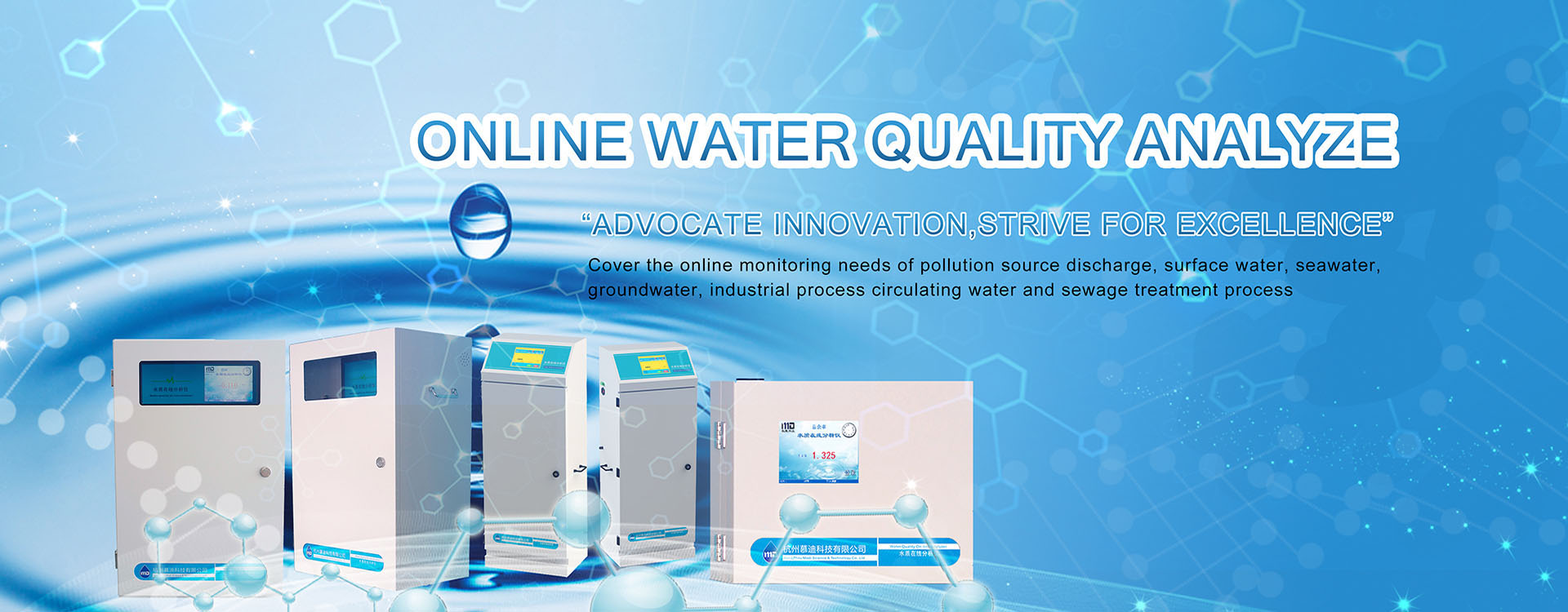When it comes to the selection of medical wastewater treatment processes, we need to make decisions based on the scale and nature of the hospital as well as the destination of the treated sewage discharge. There are also various methods for disinfecting medical wastewater, depending on one’s own situation! Now, let’s take a look at the issues related to medical wastewater treatment processes and several disinfection methods together with our users! Details are as follows:
Users Must be Well-versed in the Medical Wastewater Treatment Process Issues!
The medical wastewater treatment process aims to enhance the treatment effect and simplify the treatment. This treatment generally adopts the operation and management methods of engineering design, construction and acceptance. The facility needs to be operated for a period of time before it can achieve the expected effect. In addition, during the chemical treatment process, a one-month trial operation is required, while for the secondary biochemical treatment, an operation period of more than three months is needed.
What are the Methods for Disinfecting Medical Wastewater?
There are many methods for disinfecting medical wastewater, such as liquid chlorine method, chlorine dioxide method, ozone method, etc. The most common method around us is, of course, the chlorination method (chlorination treatment can mainly be divided into liquid chlorine method and chlorine dioxide method according to the different chlorides added). This method has the advantages of convenient allocation and high reliability. If the ozone method is used to disinfect its medical wastewater, it can eliminate viruses such as coliform bacteria and polio. Moreover, it will not be affected by the ammonia nitrogen content in the wastewater!
After the wastewater treatment and disinfection are completed, can the water be directly discharged? Logically speaking, it shouldn’t have been released like this! However, the key is still to base it on the data. If the water quality issue still fails to meet the standards after treatment, it is definitely not acceptable! At this point, online monitoring of medical wastewater can be carried out to monitor the changes in water quality in real time. If it is detected that the relevant standards are not met, disinfection treatment should continue until it is up to standard!




